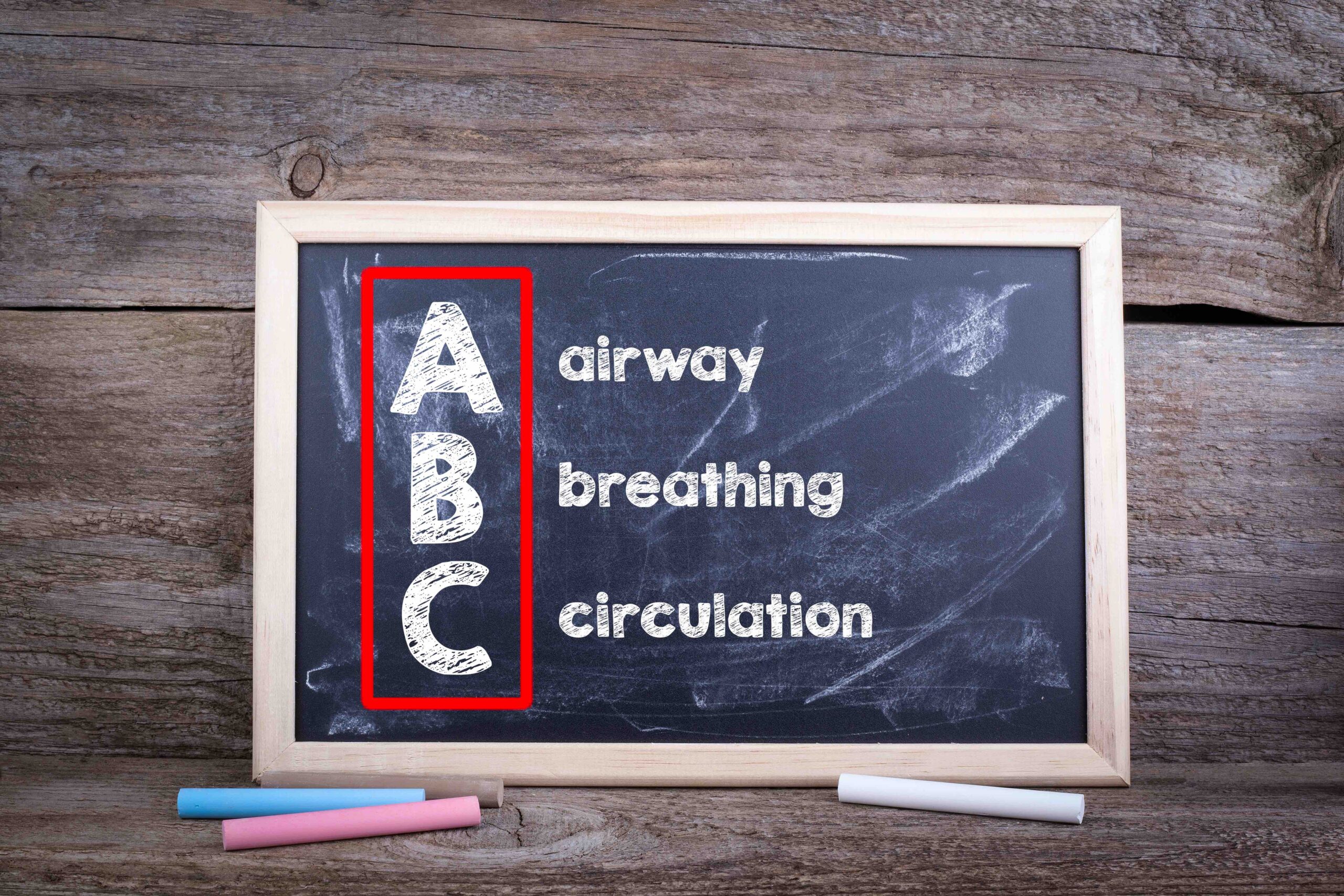Adult Systematic Approach Algorithm
Short Description
This algorithm presents the systematic approach to reinforce that a responder uses a consistent and systematic approach to assessing an ill patient.
Algorithm at a Glance
- Every algorithm represents a systematic approach to the treatment of patients.
- The systematic approach begins when the responder forms an initial impression of the patient’s condition.
- If the patient is unconscious, the responder proceeds with the BLS assessment.
- If the patient is conscious, the responder performs a primary assessment followed by a secondary assessment.
- If the patient’s condition deteriorates, the responder initiates the BLS assessment.
Goals for the Adult Systematic Approach
The responder must succeed in the following goals to successfully use the adult systematic approach:
- Understand the rationale for a systematic approach to the assessment of a patient with suspected cardiac arrest.
- Conduct the assessment to determine if the individual requires BLS care.
The Adult Systematic Approach Algorithm
This algorithm was created to present the steps for a systematic approach to managing the care of patients requiring basic or advanced life support.
The Systematic Approach
Related Video: Treating a Seriously Ill Patient with the Systematic Approach
Box 1: Initial Impression
As the rescuer approaches the patient, it is important to assess the safety of the scene and visually inspect the person.
Box 2: Unconscious Patient
As the responder talks to the person and shakes their shoulder, do the patient’s eyes open? If not, this indicates that a BLS assessment is required.

An unconscious patient.
Box 3: BLS Assessment
If the person is unconscious, it is important to conduct the BLS assessment and provide the appropriate basic life support interventions. This assessment determines the need for CPR and defibrillation by assessing circulation, airway, and breathing (C-A-B). If the responder stimulates the patient and the patient awakens, they can proceed to Box 5.

The BLS assessment includes assessing for airway, breathing, and circulation.
Box 4: Conscious Patient
If the patient is conscious, the rescuer proceeds to Box 5.
Box 5: Primary Assessment
If the patient revives or is conscious, the responder conducts the primary assessment. This assessment uses the A-B-C-D-E mnemonic: airway, breathing, circulation, disability, and exposure. If the patient becomes unresponsive at any time, the rescuer goes to Box 3 and conducts a BLS assessment.
Box 6: Secondary Assessment
Upon completing the primary assessment, the responder conducts a secondary assessment, which involves obtaining a focused history. This can be aided by using the SAMPLE mnemonic:
- Signs and symptoms
- Allergies
- Medications, including the last dose of each medication
- Past medical and family history
- Last meal consumed
- Events and circumstances
Key Takeaway
The goal of resuscitation is return of spontaneous circulation (ROSC) manifested by the following:
- Heart rhythm with a pulse
- Significant spontaneous respiratory effort
- Preservation of neurological function